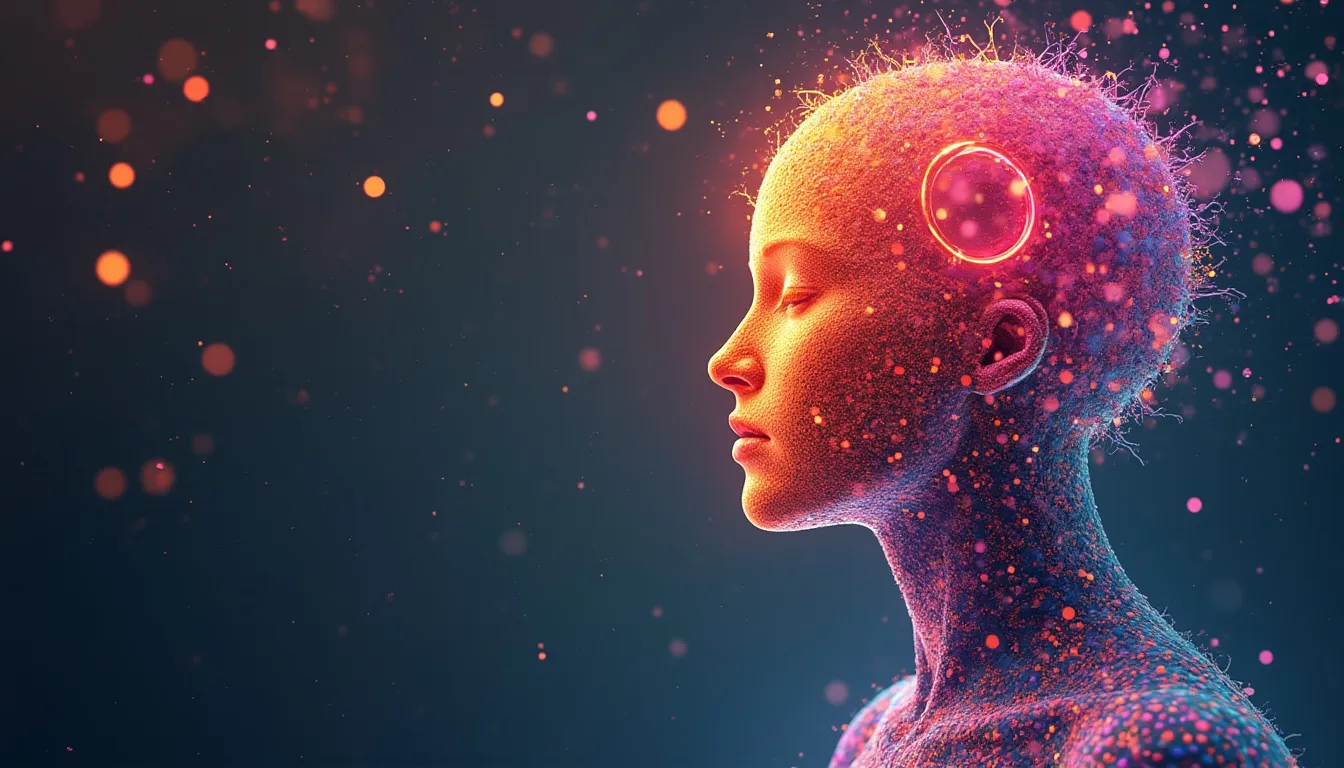In recent years, the advent of artificial intelligence (AI) has revolutionized several industries, and poetry is no exception. What was once considered a uniquely human form of art is now experiencing a transformation as AI-generated poetry gains prominence and credibility, even surpassing human poets in certain aspects. This phenomenon is igniting debates in creative circles and posing substantial questions about the future of artistic production.
AI-Generated Poetry: Indistinguishable from the Real Thing
A study published in _Scientific Reports_ has highlighted an intriguing development: AI-generated poetry is increasingly becoming indistinguishable from poetry written by humans. When presented in a blind test, even seasoned poetry readers struggled to differentiate between the two forms. This study included verses crafted in the styles of well-established poets such as Geoffrey Chaucer and Sylvia Plath, demonstrating the AI’s capability to mimic traditional poetic rhythms and themes convincingly.
The study further revealed that AI-generated poetry is generally preferred by readers over human-written poetry. This preference was recorded in a blind test involving over 1,600 participants, with AI verses rated higher for clarity and accessibility. These findings challenge preconceived notions about the emotional and aesthetic superiority of human literary creativity, suggesting a shift in consumer preferences towards AI-generated content.
The Implications for Creative Industries
As AI poetry becomes more prevalent, its impact on creative markets is significant. The assessment of artistic value, which historically hinged on human expertise and the complexity of creative work, is now being questioned. Traditional pricing models are being disrupted as AI-generated content, often more cost-efficient, continues to satisfy consumers’ demands for clear and resonant poetry.
The phenomenon also exposes an interesting bias. When test participants were informed of a poem’s AI origin, they consistently rated it lower, despite previously expressing a preference for AI specimens when identifying authorship was not specified. This indicates a persistent stigma associated with AI-generated content, showcasing an inconsistency between readers’ preferences and their perceptions when informed about the source of creativity.
AI’s presence in creative sectors extends beyond poetry. It is reshaping how content is produced across various domains, including writing, marketing, and media. Notable initiatives, such as AI-generated marketing campaigns and content strategies on platforms like Substack, reflect this shift. Companies, including Coca-Cola, have experimented with AI in content creation, as demonstrated by their innovative AI-generated Christmas commercial.
Looking ahead, the future of art appears to be collaborative, with AI serving as a tool rather than a replacement for human creativity. Human artists still hold the upper hand in delivering authentic storytelling and depth of emotion—qualities that artificial intelligence might not fully capture. Experts suggest fostering a synergy between AI capabilities and human ingenuity to unlock new dimensions of creative expression. Embracing AI’s role as an adjunct rather than a competitor could lead to enriched artistic landscapes, where technology enhances rather than diminishes the value of human contributions.




